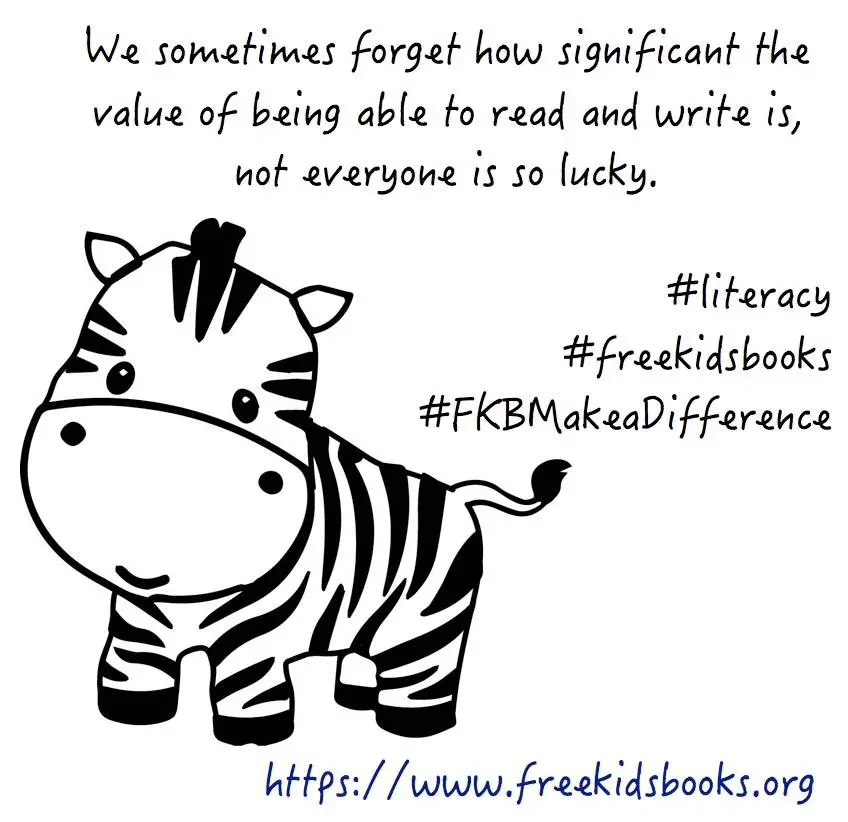 Reading comprehension is essential for young readers. It makes kids motivated about reading, helps them enjoy it, and builds analysis and problem-solving skills. It also helps children communicate better and understand other subjects. Students who have difficulty reading often perform poorly in other subjects. Understanding written text can increase a child’s knowledge, helping them acquire new skills faster.
Reading comprehension is essential for young readers. It makes kids motivated about reading, helps them enjoy it, and builds analysis and problem-solving skills. It also helps children communicate better and understand other subjects. Students who have difficulty reading often perform poorly in other subjects. Understanding written text can increase a child’s knowledge, helping them acquire new skills faster.
Reading comprehension goes beyond understanding words and their meanings. It involves processing text, understanding its meaning, and integrating the information with what the reader already knows. Poor reading comprehension can lead to frustration and low self-esteem. The good news is it can be remedied. Parents and teachers can use free resources to help children build reading comprehension. Here’s how:
1. Find Resources They Like
Most experts recommend providing children with reading material for their reading level, but this is not enough. The secret to becoming a better reader lies in regular practice, and regular reading is much easier when the child likes the reading material. 91% of children agree their favorite books were the ones they picked out themselves. 73% said they would read more if they found books they liked.
Oftentimes, poor reading comprehension is linked to students being uninterested in the reading material. A child should be able to recognize at least 90% of the words in written text without help, and this is much easier if they read something interesting. When children stop frequently as they read, their focus goes down and they find it harder to understand what they’re reading.
2. Discuss What the Child reads
After reading with a child, take time to talk about what you just read. Ask the child what they learned and encourage them to share their thoughts about the story. Reading programs with longer reading material often provide questions that prompt children to visualize what they read then write or draw their answers.
Writing or drawing enhances a child’s understanding of the text and improves their note-taking abilities. You can discuss the notes or the drawings after each reading session. Ask the child to summarize the story in their own words. This increases their understanding and helps them relate the material to what they already know.
3. Have Them Read Aloud
When fluent readers read aloud, the text flows easily instead of sounding disjointed. Reading aloud helps children see the words and hear how they sound, which enhances their understanding. Even when children are struggling with particular words or phrases, don’t limit their reading to certain parts of a book.
Reading aloud is a powerful way to improve reading comprehension because it encourages children to go slower. They have time to process what they are reading. Also, taking turns reading aloud encourages children to familiarize themselves with the process and adopt the correct strategies for reading analysis. It’s an effective strategy that helps students memorize pronunciations, vocabulary, and sentence structure.
Conclusion
There are many free resources–both offline and online–children can use to build reading comprehension. Knowing how to select them and use them is key to reading success. Help children understand reading material by starting with simpler text before moving to more complex text. Start using these tips today and change a child’s life.









